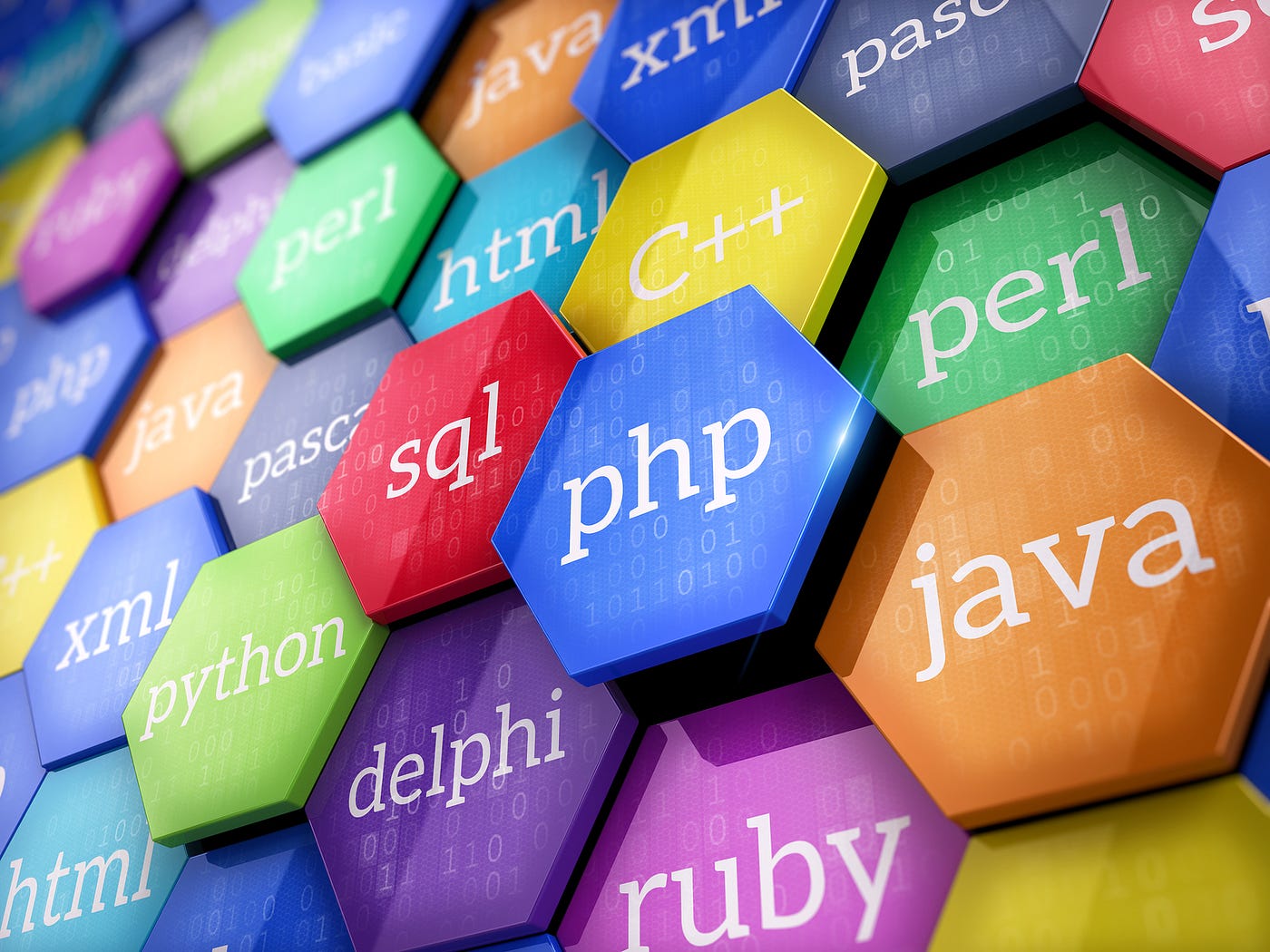Exploring the Future of Desktop Programming Languages

Hey there, Coder! Long time no see, right? Today we’re embarking on an exciting journey to explore the future of desktop programming languages. Hold on tight as we dive into the realm of innovation and discover what lies ahead for this fascinating field.
In the ever-evolving world of technology, programming languages play a pivotal role in shaping the desktop computing landscape. As we look ahead, several key trends are set to redefine the way we develop and interact with our favorite desktop applications. Brace yourself for a captivating exploration into these transformative forces!
Emerging Paradigms: Beyond the Traditional
The future of desktop programming languages holds a treasure trove of exciting possibilities, with emerging paradigms pushing the boundaries of what’s possible. Functional programming, known for its emphasis on immutability and mathematical purity, is poised to make significant strides in the desktop realm. Its ability to simplify complex problems and enhance code maintainability is attracting widespread attention.
Moreover, declarative programming, which allows developers to express their intentions rather than dictating the specific steps, is gaining traction. By utilizing this paradigm, programmers can create more concise, readable, and maintainable code, freeing up valuable time and mental energy for other creative pursuits.
The Rise of Specialized Languages: Tailored to Specific Domains
The desktop programming landscape is witnessing the emergence of specialized languages designed to excel in specific domains. These languages offer a unique blend of features and capabilities, enabling developers to create tailored solutions that meet the unique demands of their projects.
For instance, Rust, a systems programming language renowned for its memory safety and concurrency features, is gaining popularity within the desktop development community. Its ability to eliminate entire classes of bugs at compile-time makes it an appealing choice for mission-critical applications.
Similarly, Julia, a high-performance language designed for scientific computing and data analysis, is making waves in the desktop realm. Its ability to seamlessly integrate with other languages, coupled with its impressive computational capabilities, makes it a formidable contender in this specialized domain.
Evolution of Existing Languages: Continuous Refinement
While emerging paradigms and specialized languages are capturing the headlines, existing languages are undergoing constant evolution to meet the changing needs of desktop programmers. These languages continue to benefit from ongoing enhancements, performance optimizations, and the introduction of new features.
C#, a versatile and widely-used language, is a prime example of this continuous refinement. With each new version, C# receives a host of improvements, ranging from enhanced performance to new language features that make it even more expressive and powerful.
Similarly, Python, a dynamic and beginner-friendly language, is constantly evolving to cater to the needs of desktop developers. Its extensive ecosystem of libraries and frameworks, coupled with its simplicity and readability, makes it an ideal choice for a wide range of desktop applications.
Comparative Analysis of Desktop Programming Languages
To provide a comprehensive overview of the current landscape, we’ve compiled a detailed table that compares some of the most popular desktop programming languages based on key criteria:
| Language | Paradigm | Popularity | Performance | Features |
|---|---|---|---|---|
| C# | Object-oriented | High | Excellent | Rich ecosystem, cross-platform support |
| Python | Dynamic | High | Good | Extensive libraries, beginner-friendly |
| Java | Object-oriented | High | Moderate | Cross-platform support, enterprise-grade features |
| Rust | Systems programming | Growing | Excellent | Memory safety, concurrency support |
| Julia | Scientific computing | Niche | High | High-performance, scientific libraries |
Conclusion
As we bid farewell for now, let me leave you with this thought: the future of desktop programming languages is brimming with potential. Emerging paradigms, specialized languages, and the continuous evolution of existing languages are shaping a landscape where innovation thrives.
Before you go, don’t forget to check out our other articles that delve deeper into the world of programming languages and desktop development. Stay tuned for more exciting explorations, Coder!
FAQ about Exploring the Future of Desktop Programming Languages
What is the current state of desktop programming languages?
Today, we have a diverse range of desktop programming languages, each with its strengths and weaknesses. Some popular choices include Java, C#, Python, and C++.
What are the key trends shaping the future of desktop programming languages?
We see a shift towards more cross-platform compatibility, open source adoption, and the integration of artificial intelligence (AI) and machine learning (ML).
Which language is most likely to dominate desktop programming in the future?
It’s difficult to predict which language will dominate, but we expect multiple languages will coexist, each tailored for specific domains or use cases.
How will AI and ML impact desktop programming languages?
AI and ML techniques can automate repetitive tasks, enhance user experiences, and enable new functionalities in desktop applications.
What is the role of web technologies in the future of desktop programming?
Web technologies, such as JavaScript and web frameworks, are increasingly used to develop desktop applications, offering cross-platform support and access to modern web APIs.
How can I stay up-to-date with the latest developments in desktop programming languages?
Subscribe to industry blogs, follow experts on social media, and attend conferences to stay informed about emerging trends and best practices.
What are some emerging languages that are worth exploring for desktop programming?
Some promising emerging languages include Rust, Kotlin, Swift, and Go, which offer unique features and performance advantages.
What is the future of specialized programming languages, such as MATLAB and LabVIEW?
Specialized languages will continue to play an important role in domains such as scientific computing, engineering, and data analysis.
How will cloud computing affect the future of desktop programming languages?
Cloud computing enables access to powerful computing resources, allowing the development of complex and data-intensive desktop applications.
What are the challenges in the future of desktop programming languages?
Some challenges include maintaining compatibility with legacy systems, ensuring security in a connected world, and addressing the growing complexity of software development.
